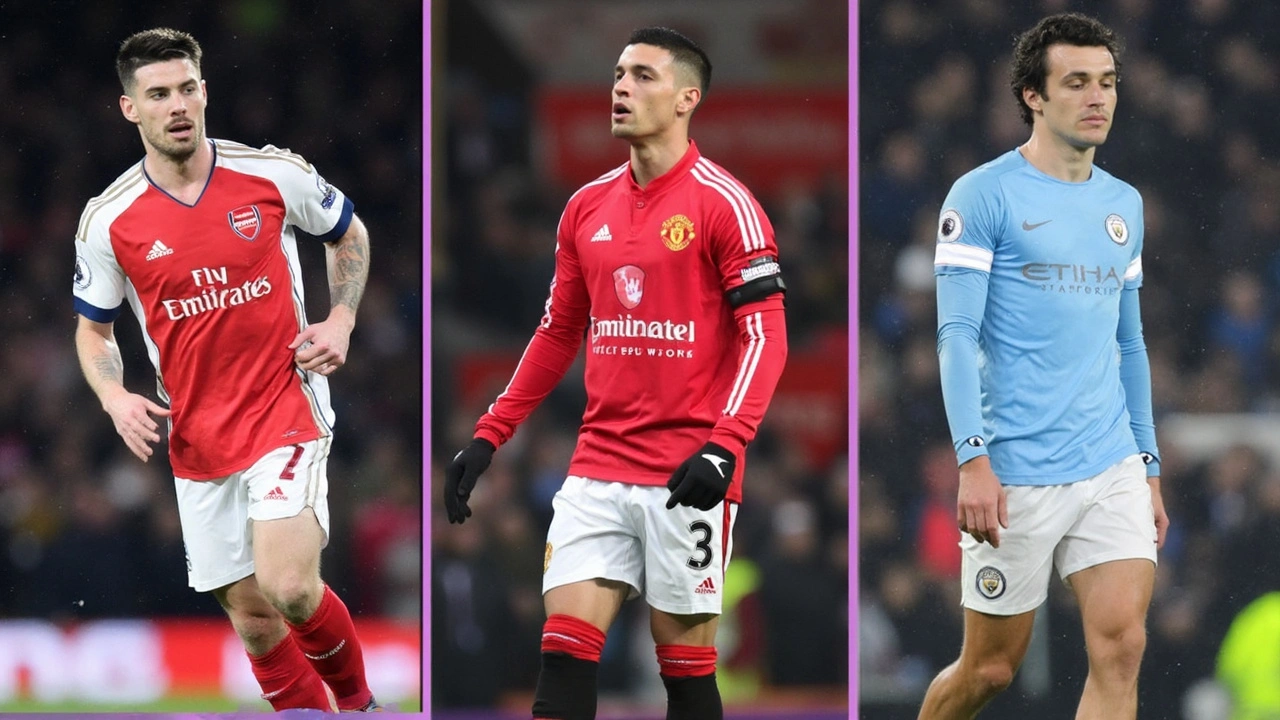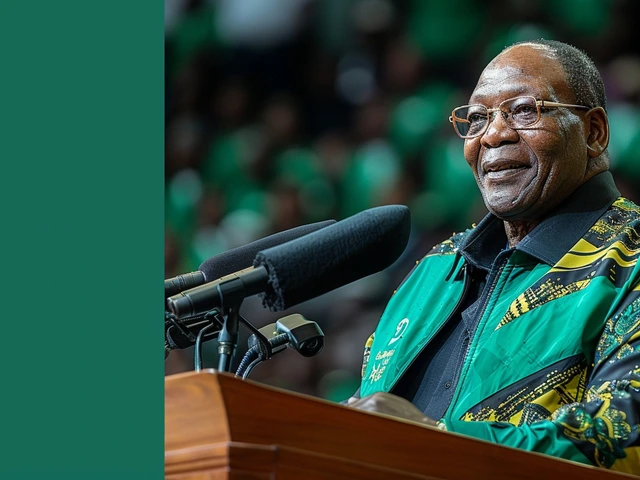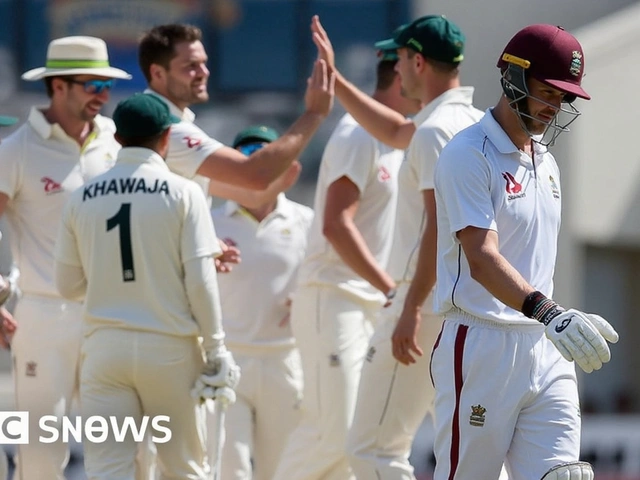High-cost signings: what big transfers mean for clubs and fans
Seeing a club splash millions on a player is exciting. But a huge transfer fee isn't just a headline — it changes budgets, tactics and pressure inside the dressing room. This page cuts through the hype and explains how high-cost signings really work, why some succeed and why others flop.
How clubs structure big deals
Clubs rarely pay a single lump sum from day one. Fees are spread with instalments, add-ons and performance clauses. There are common structures you’ll see in modern transfers:
- Upfront fee plus conditional payments (appearances, trophies, international caps). These reward performance and reduce initial cash strain.
- Loans with an obligation or option to buy. Clubs use loans to test a player or spread the cost into the next fiscal year.
- Wage deals, signing bonuses and agent fees. Often the headline transfer number hides very large salary commitments that last for years.
For accounting, clubs amortize transfer fees over the length of the contract. For example, a €222m fee spread over five years counts as €44.4m per year on the books. That matters for profit-and-loss rules and any financial controls the club faces.
What makes a high-cost signing succeed or fail
High cost doesn’t guarantee success. Here are the practical factors that predict outcomes:
- Age and injury record: Younger players offer resale value and longer service. A pricey veteran raises risk if injuries appear.
- Tactical fit: Does the player match the coach’s system? A star who doesn’t fit can lower team performance more than they improve it.
- Off-field integration: Language, family moves and culture affect form. Clubs that support settling-in often get quicker returns.
- Clear role and realistic expectations: If a player is signed as a long-term build piece, patience helps. If they’re bought to instantly fix a problem, the clock runs fast.
Fans often judge a signing by first-season goals or assists, but clubs must balance short-term pressure against long-term return. A smart purchase strategy mixes established stars, high-upside youth, and loans that reduce immediate risk.
Want quick takeaways? High-cost signings can pay off through better results, shirt sales and sponsorships — but only when they’re smartly structured, well integrated, and fit the coach’s plan. Look at contract length, payment structure and the club’s support system to judge whether a transfer fee was worth it.
If you follow transfer windows, keep an eye on how deals are paid and the player's age and role. That tells you more than the headline fee about whether the signing will help the club — or become a financial burden.
A deep dive into Premier League transfers that outpriced Antony's €95m move, assessing whether these costly deals met expectations. From Chelsea's Enzo Fernandez struggling to shine, to Jack Grealish's mixed journey at Manchester City, and Declan Rice's steady rise at Arsenal, we explore how these investments compare to Antony's underwhelming spell at United.
Recent-posts
Nov, 21 2025






